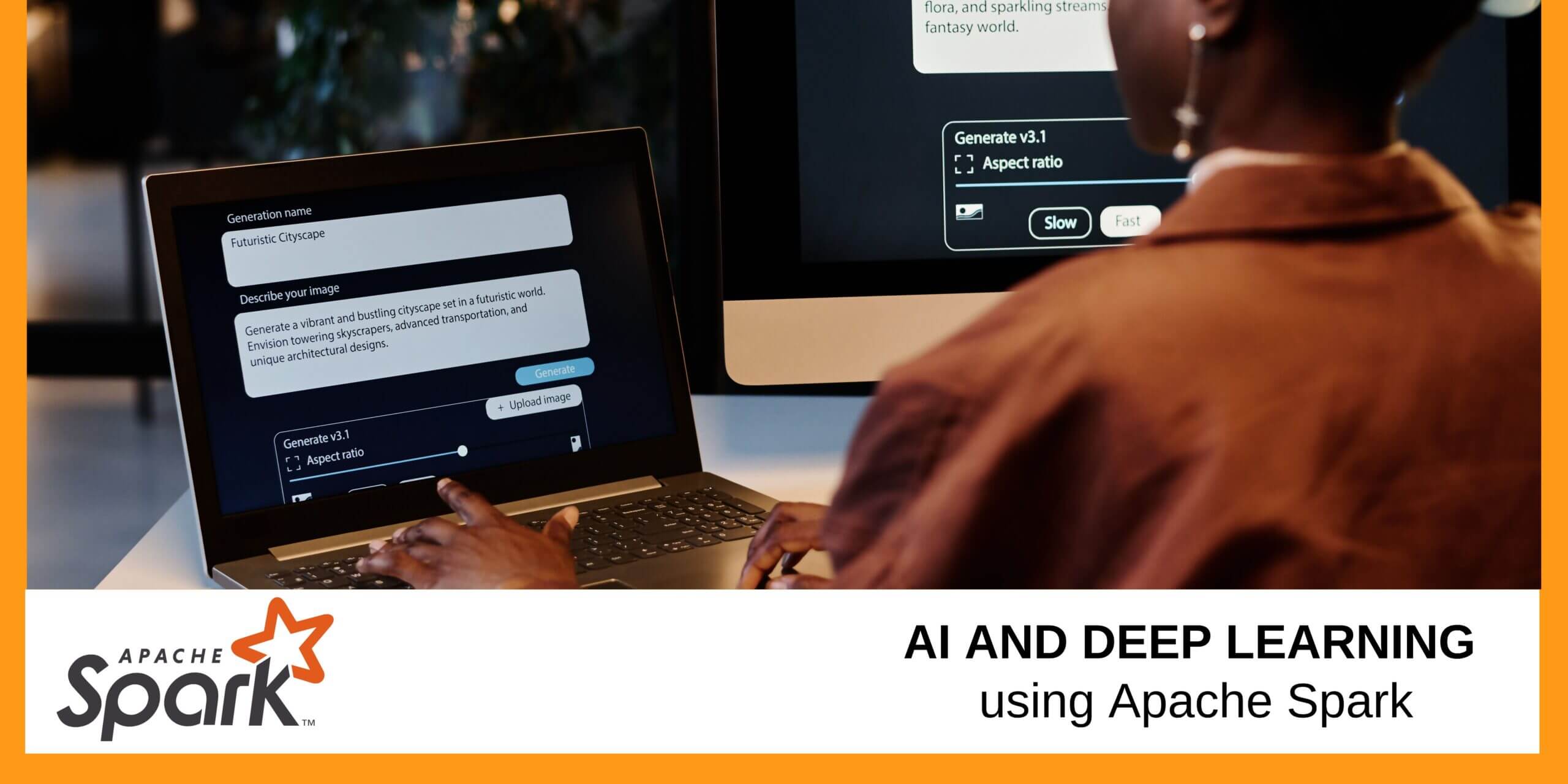- Overview
- Prerequisites
- Audience
- Curriculum
Description:
In this 90-minute hands-on session, learners will dive into regression problems, one of the core categories in supervised machine learning. The session introduces three popular algorithms: Linear Regression, Decision Trees, and Random Forests, and demonstrates how they are used to model and predict numerical outcomes. With intuitive explanations and practical code examples, participants will learn how to train, evaluate, and interpret regression models using scikit-learn.
Duration: 90 mins
Course Code: BDT489
Learning Objectives:
After this course, you will be able to:
- Understand what regression problems are and how they differ from classification
- Apply Linear Regression, Decision Tree, and Random Forest models to structured data
- Use scikit-learn to build and evaluate regression models
- Interpret common metrics like MAE, MSE, and R² score
Must have some python programming experience.
Beginner to intermediate learners familiar with basic Python, NumPy, and Pandas, looking to take their first steps into supervised machine learning with a focus on predicting continuous value.
Course Outline:
- Introduction to Regression Problems
- What is regression? Real-world examples (house prices, temperature forecasting, etc.)
- Target variable: continuous vs. categorical
- Key concepts: features, target, training/testing
- Linear Regression
- Intuition behind fitting a line to data
- Assumptions of linear regression
- Using scikit-learn to:
- Training a Linear Regression model
- Make predictions
- Evaluate using MAE, MSE and R²
- Hands-on: Build model using Linear Regression Algorithm
- Decision Tree Regression
- Visual intuition: splitting data into decision nodes
- Pros and cons (non-linearity, overfitting risk)
- Soring, grouping and aggregating
- Using Decision Tree Regressor from scikit-learn
- Hands-on: Compare with Linear Regression on same dataset
- Random Forest Regression
- Ensemble learning basics: what is a Random Forest?
- How multiple trees improve accuracy and reduce overfitting
- Training and evaluating a Random Forest Regressor
- Feature importance and model interpretability
- Hands-on: Compare with Linear Regression & Decision Tree on same dataset
Training material provided: Yes (Digital format)
Hands-on Lab: Instructions will be provided to install Jupyter notebook and other required python libraries. Students can opt to use ‘Google Colaboratory’ if they do not want to install these tools




